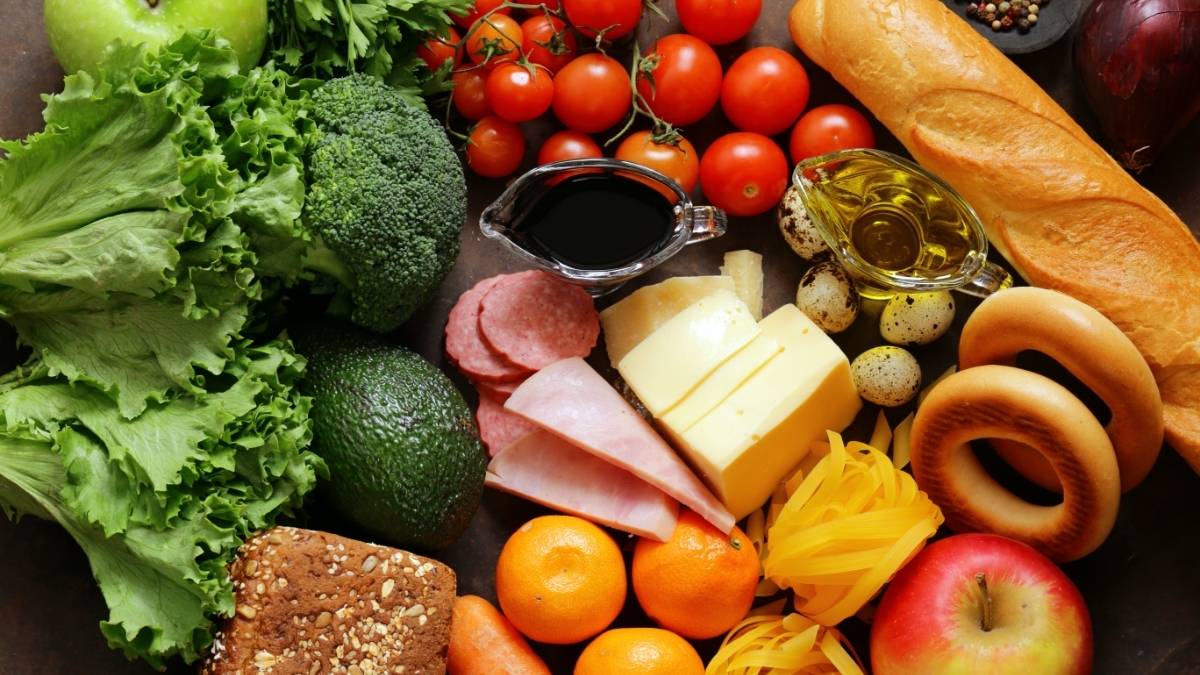In this article, we open up our campervan pantry cupboard to discuss our campervan trip food essentials. It is said that an army marches on its stomach – our family certainly does, so food is key to a great trip.
Say the words “campervan trip” and I think flexibility and freedom. There is something magical about a trip away in the campervan that can’t be topped.
Best of all it’s fun and convenient to be able to park up somewhere and put together a snack or a meal. You might well be wondering what food you should keep your campervan stocked with to aid a quick and easy meal on the fly.
Read on to learn what food we bring and how we keep it safely stored.
Campervan food packing list
Our family enjoys eating, that’s a fact. The kids complain when they’re hungry, that’s another fact.
The food we take in our campervan is a big deal for us. Just winging it isn’t an option.
We also like to have plenty to eat on board so we aren’t forced to have to visit shops all the time. It’s nice if you’re camped up somewhere and hungry that you can just set to and whip something up.
So, we’ve developed a food packing list for our campervan adventures. To make life easy when we’re on a trip we always stock the following items in the campervan.
Pantry items
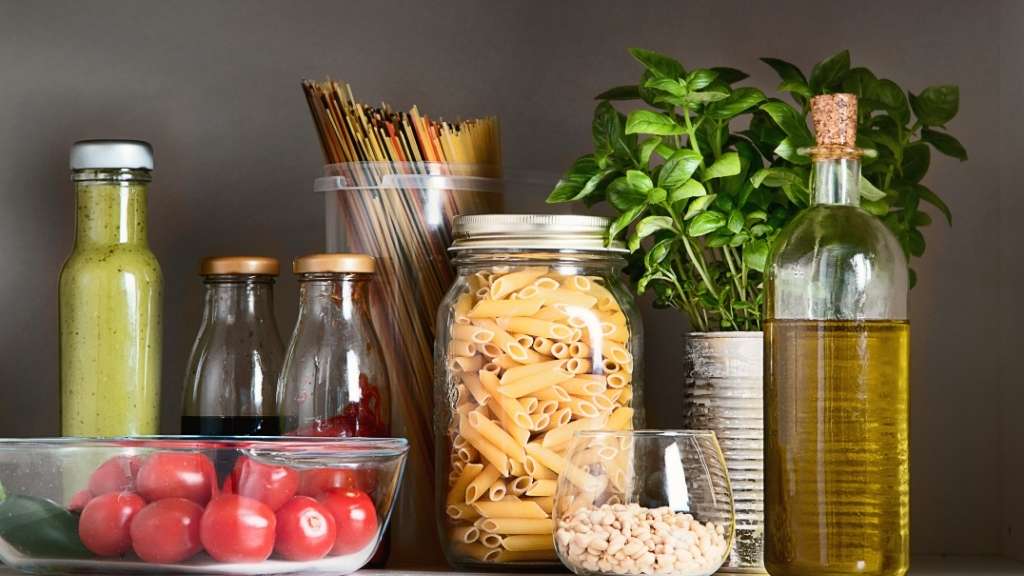
Our pantry items can be assembled and packed in the days ahead of the trip. As you’ll see below this also involved some measuring and repackaging, so early preparation is important.
Basic ingredients
- Stock cubes, mixture of chicken, beef and vegetable.
- Cooking oil – small quantity in well-sealed bottle.
- Flour – small amount (some pre-measured for pancakes).
- Sugar – granulated, and sometimes sugar sticks for hot drinks.
Tins, packets, and jars
- Tins of soup.
- Super noodles.
- Crackerbread.
- Batchelors Pasta n Sauce mix.
- Dry pasta.
- Jar of pasta sauce.
- Jar of pesto.
- Breakfast cereals.
- Jam and/or marmalade.
- Vegemite – we are Aussie after all (no Marmite, thanks).
Hot drinks
- Teabags.
- Herbal tea bags.
- Coffee – granulated, decanted into small sealed container.
- Hot Chocolate – small jar or sachets.
- Mini marshmallows.
Treats and snacks
- Crisps – we love crips and always have a massive range.
- Biscuits – ditto above comment for biscuits.
- Tuc/Cheddars/Ritz – or in our case all of them. We also love crackers.
- Chocolate and sweets – yes very naughty.
- Cereal bars.
- Fruit string/Bear Yoyos.
- Red wine (handy as doesn’t take up space in the fridge).
Condiments
- Ketchup.
- Soy sauce.
- Maple syrup.
- Salt and pepper.
Perishable food
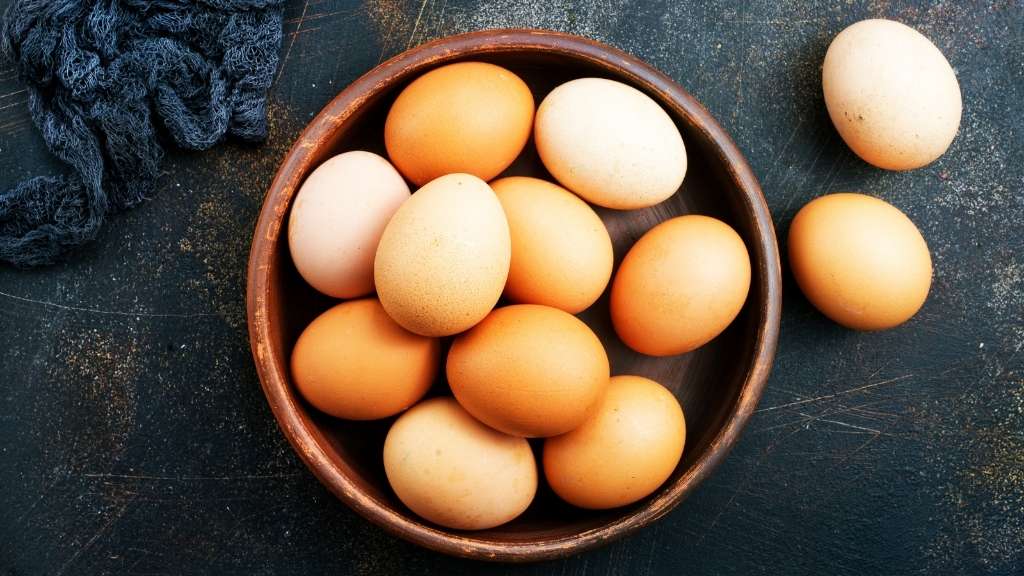
In addition to the pantry food, some perishable food is necessary too. We always bring the following when starting our journey.
- Bread.
- Eggs.
- pikelets/crumpets/pancakes.
- Potatoes.
- Carrots.
- Tomatoes.
- Apples.
- Bananas.
We don’t store a lot of fruit and vegetables in the campervan or our awning as we find it doesn’t keep for more than a couple of days at best. Our fridge runs extremely cold so anything with a high water content like fruit or vegetables are easily spoiled.
We tend to buy fruit and eat on the day, or use it as part of a pudding. We’ll pick up vegetables or a pre-made salad pack and use that on the day.
The interior of the van does stay nice and cool so any food keeps well for a few hours from shop to plate, even if not kept inside the fridge.
Fridge items
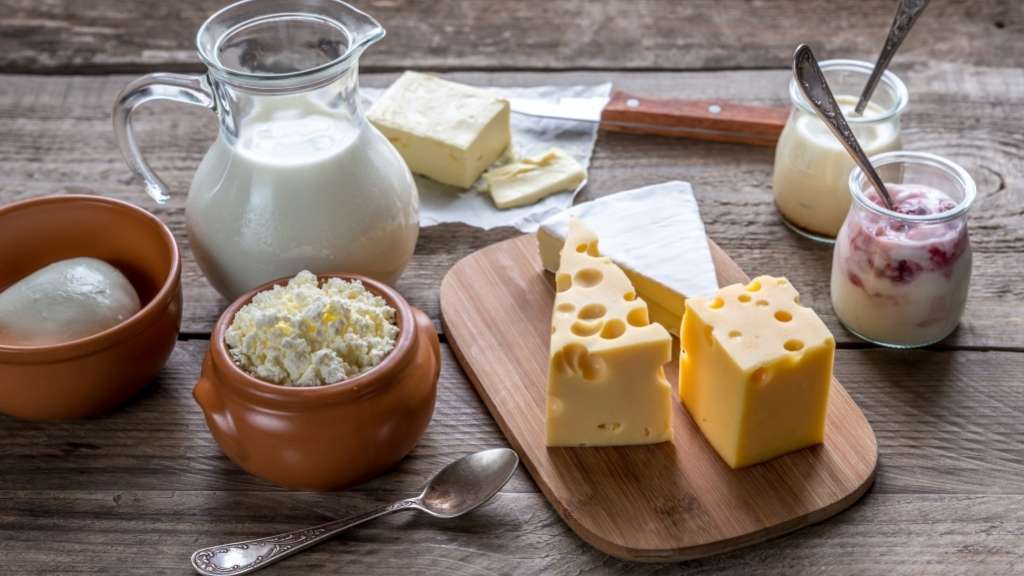
Luckily for us, we have a large 42L capacity chest fridge built into our campervan. Because it’s a chest fridge it means it can be fully loaded to the top. A more conventional front-loading fridge is more restrictive to pack and items easily move about in transit and fall out when you open the door.
The following items are our campervan fridge essentials:
- Single pints of milk – they are smaller so more versatile. We usually take at least four.
- Cheese – regular mousetrap, plus one or two more interesting varieties.
- Butter – always the spreadable variety even though we have blocks of butter at home. This is because the fridge is very efficient and regular butter turns to stone.
- Yoghurts – individual serves rather than bigger tubs.
- Ham, chorizo, other cold meats.
- Bacon – nothing like a cooked breakfast when camping.
- Two cooked meals for 4 people (to see us through the first couple of days to take the pressure off).
- Chilled wine and beer – depending on the fridge space left.
We also use a fridge deodoriser, to help soak up smells. We’ve tried out a few, but charcoal bags have been the most effective. We currently use these Jorlyen Air Purifying Bags and keep one in the empty fridge all of the time.
Campervan food storage
To get the longest life out of your food it is best it is stored correctly. How to store your food in a campervan is a personal choice but this is how we do it.
We use Tupperware and lots of it! Tupperware or other plastic food storage containers is fab. It’s stackable, versatile, reusable and unbreakable.
As we like to carry plenty of food on board our campervan, we need to be clever with how we store it.
Pre-bagged portions
Before we leave for a trip we will usually calculate how much of any one item we are likely to need and measure out the required amount in advance.
For example sugar. Rather than taking a whole bag, we’ll measure X amount of teaspoons of sugar into a container or sealable plastic bag. Ditto with the flour, coffee, hot chocolate, and tea bags.
We all like different types of cereal in the morning. To allow for that variety without the volume we will measure the amount we need to save on taking four different cereal boxes.
Yes, I will admit it seems hardcore but I measure out portions according to the packet guidance and individually store each one. That means if someone wants Shreddies, they grab a pre-measured portion and they’re good to go.
These fab reusable sandwich bags are just the ticket for the job and save on plastic waste.
Pre-measuring portions is quite labour intensive pre-trip, I’ll admit, but it does save on space and simplifies things at the campsite. When there are four of you to feed, these little space-saving tips do make a difference.
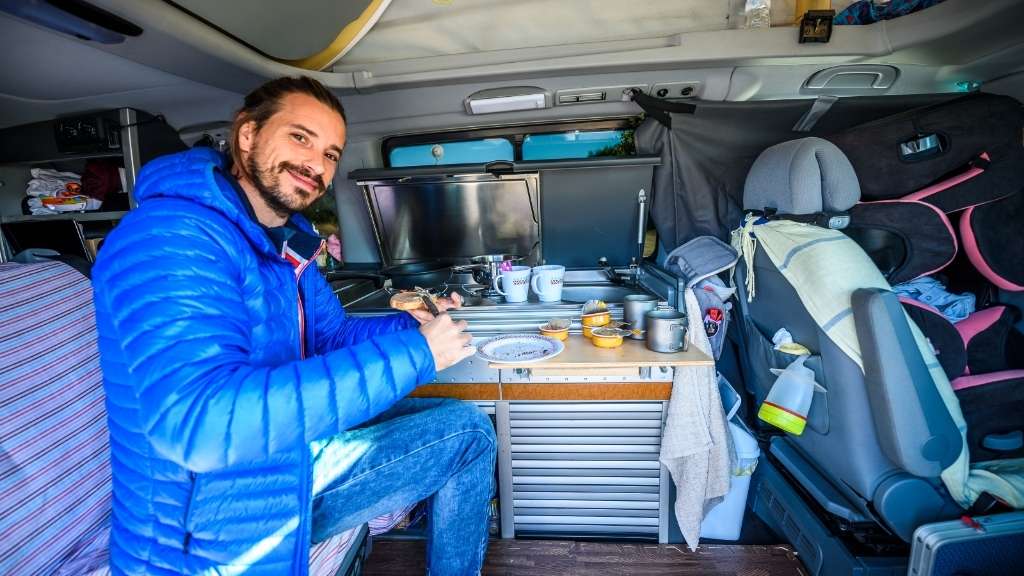
Cupboard organisation
In our VW California Ocean we have the luxury of kitchen cupboards and an under-bench seat.
We keep the pots, pans and crockery on the left-hand side of the kitchen, top and bottom shelves. If the rear bench seat is pushed far forwards (to allow for maximum boot space) this cupboard is often inaccessible in transit.
The right-hand side is where we keep most of our food. The cupboards are nice and deep and the shelf dividing the cupboard unit is high enough that you can stack two tins on top of each other.
As we don’t usually need tins when in transit, they are stacked at the bottom of the cupboard and at the back. Anything I may want to access in transit is at the front of each shelf.
We use anti-slip matting to make everything stay where it should be during transit.
Snacks drawer
The under-bench seat drawer is used to house our goodies. I tend to travel in the back when we’re on a trip and I can open the drawer and whip out the snacks.
There is enough room to fully open the drawer even if the bench seat is pushed all the way forward.
This storage space is actually huge and can be used for more than in-transit snacks and goodies. It is also good for kit you might want to get your hands on asap once you’ve arrived on site.
How to store food in a drive-away awning or tent
We’ve learned these lessons the hard way!
We tend to empty the campervan of a lot of food if we are bringing the driveaway awning.
This is because if we are on a longer stay we use our Cadac stove for cooking in the porch area of the awning instead of using the campervan stove.
This is a personal choice but because we have two small children in and out of the campervan it feels safer to keep the cooking outside.
As we are likely to be sleeping in the campervan it keeps the cooking smells at bay too.
It makes sense for us to keep the food we’ll be cooking, near the stove so we keep it in the porch area with the cooking equipment.
Crates are great
If you have food in your tent or awning it is best kept in a sealed crate like this one. These are the perfect size and stackable if you have more than one.
Rather than bring a crate specifically for food, we tend to use the crates for something else in transit and empty it and use the contents when we are camped.
It leaves the crate available for other uses such as food storage. Having a lid means the food is kept fresh and no critters are able to get in and have a munch. It’s also handy for keeping the awning nice and tidy.
If you are keeping food in the porch area of your tent or awning, you’ll find the air in the area becomes very damp overnight with dew. Keeping your food items in a sealed crate will mean your food stays dry and crisp.
